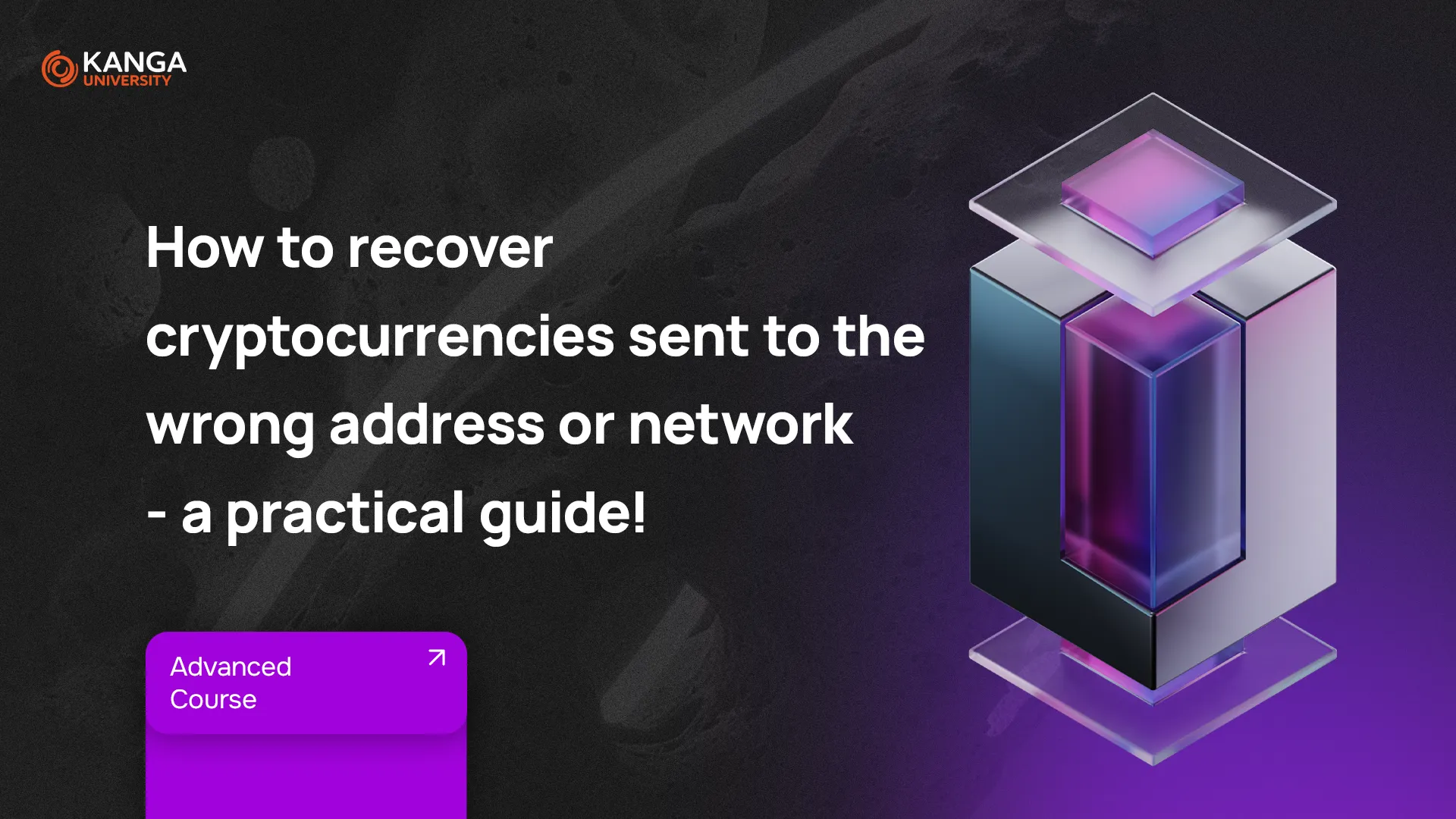
In the fast-paced world of cryptocurrencies, one small mistake – like sending funds to the wrong wallet address or choosing the incorrect blockchain network – can seem like a financial disaster. But don’t panic. While recovery isn’t always guaranteed, there are steps you can take to try and fix the situation. This guide will walk you through what to do if you send crypto to the wrong place, and how to protect yourself in the future.
Stay Calm and Analyze the Situation
First, take a deep breath. Panic won’t help – it can actually make things worse. Before jumping into action, carefully assess what happened. Where exactly did you send the funds? Was it the wrong address, or did you use the wrong network?
Double-Check the Address and Network
Go back to your transaction history in your wallet or exchange. It’s possible that the transfer is still pending or delayed due to network congestion. If you’ve confirmed that the transaction was made in error, try to identify the type of mistake:
-
Wrong but valid address in the same network – The funds may have landed in someone else’s wallet.
-
Correct address but wrong network – For example, sending ETH to a Binance Smart Chain (BSC) address. These errors are more common and may be fixable, depending on your setup.
Determine If Recovery Is Possible
If you’ve sent crypto between wallets that support multiple networks (such as MetaMask or Trust Wallet), or to an exchange that supports cross-chain functionality, you might be able to recover your funds.
For example, if you sent ERC-20 tokens to a BSC address (or vice versa), and both wallets use the same private keys, recovery may be possible. In these cases, you can try importing the private key into the correct network or using network settings to access the misplaced funds.
Always consult the official documentation or support team before taking further action.
Contact the Recipient
If your funds ended up in someone else’s wallet (e.g. a valid but unintended address), you can try contacting the wallet owner. Provide details such as:
-
Transaction hash
-
Date and time
-
Token name
-
Amount sent
Keep in mind: the recipient is under no obligation to return your funds. This step relies entirely on their goodwill.
Reach Out to Your Exchange or Wallet Provider
If the error happened while using a crypto exchange or a wallet app, reach out to their customer support as soon as possible. Some platforms have internal procedures to help recover mistakenly sent funds – particularly if you sent assets to the wrong network but still within your own account.
That said, not all platforms offer this service, and even when they do, the process can be slow and may involve additional fees.
Consider Professional Recovery Services
When all else fails, you may want to consult crypto recovery specialists. Several reputable firms offer investigation and asset recovery services, including:
-
CipherBlade
-
Kroll
-
Confirm
-
Chainalysis Reactor (for institutional use)
These companies use advanced tracking tools and partnerships with exchanges to attempt fund recovery. Be aware that their services usually involve fees, often a percentage of the recovered amount. Always do your research and verify the firm’s track record before engaging with them.
Learn From the Experience
To avoid future mistakes, develop good habits:
-
Always double-check the address character by character.
-
Confirm you’re using the correct network for the asset you’re sending.
-
Start with small test transfers before sending large amounts.
-
Use multi-chain wallets that detect and prevent common user errors (e.g. MetaMask, Rabby, Trust Wallet).
Summary
Sending crypto to the wrong address or network can be a painful mistake, but it’s not always the end of the road. Quick thinking and the right steps can sometimes help recover lost funds. More importantly, use these experiences to build better habits and avoid future losses.